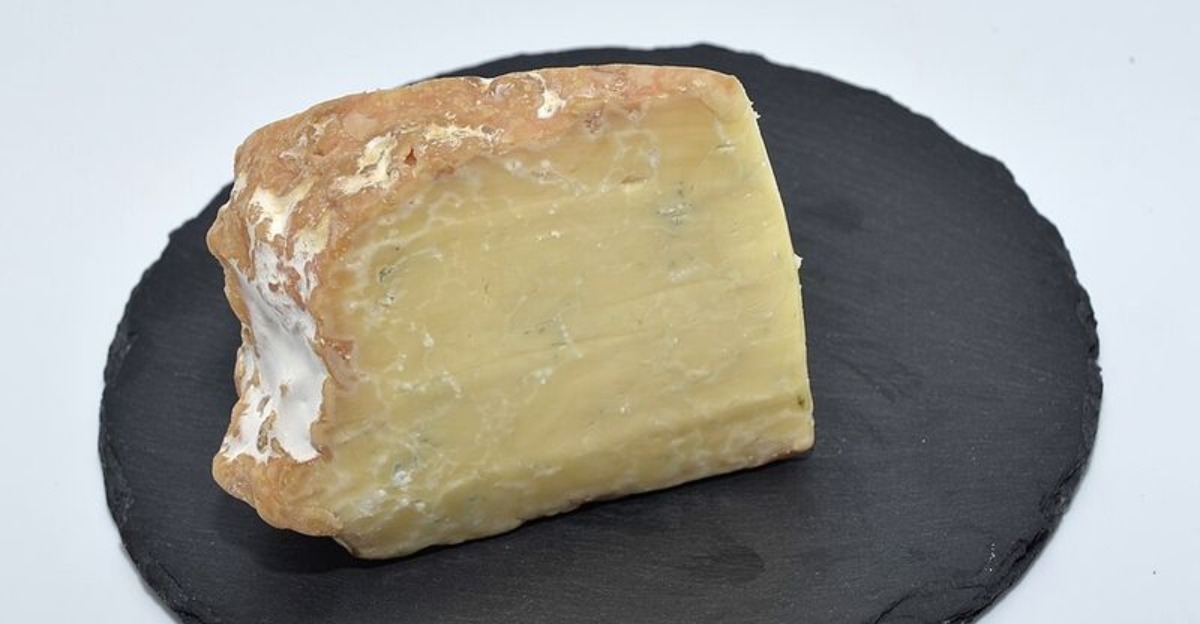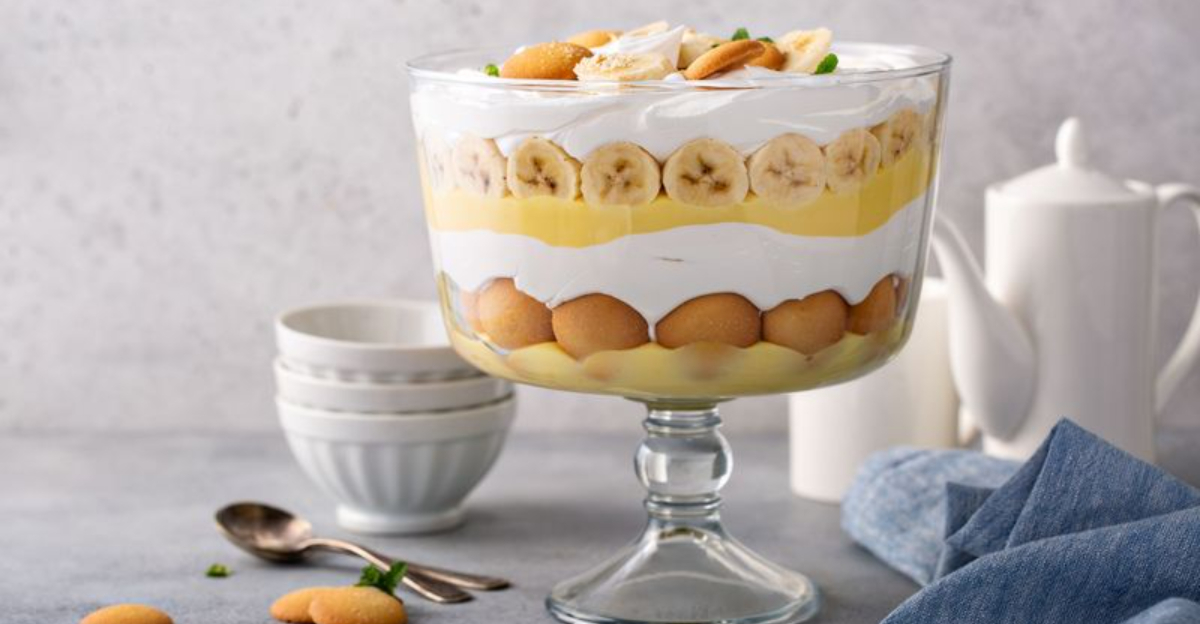6 Better Ways To Heat Frozen Food Without Using A Microwave
Microwaves might be fast, but they rarely do frozen meals justice. Everyone knows that moment when you take a bite expecting warmth and get a mouthful of cold instead.
That uneven heat leaves edges scorched and centers icy, turning what should be dinner into disappointment.
If you want food that tastes freshly made, patience is your best friend. Using methods like the oven or stovetop can restore texture, flavor, and that just-cooked comfort we all crave.
Gentle, even heat helps your dish feel revived instead of reheated. When treated right, frozen meals can taste like they were made from scratch instead of zapped back to life.
This content is for general informational purposes only and reflects publicly available culinary and food-safety recommendations at the time of writing. It is not intended as professional culinary, health, or food-safety advice. Individual results may vary based on appliance type, wattage, and food portion size. Mentions of cooking methods or kitchen tools are for informational context only and do not constitute endorsement by MSN or the author.
Oven Or Toaster Oven
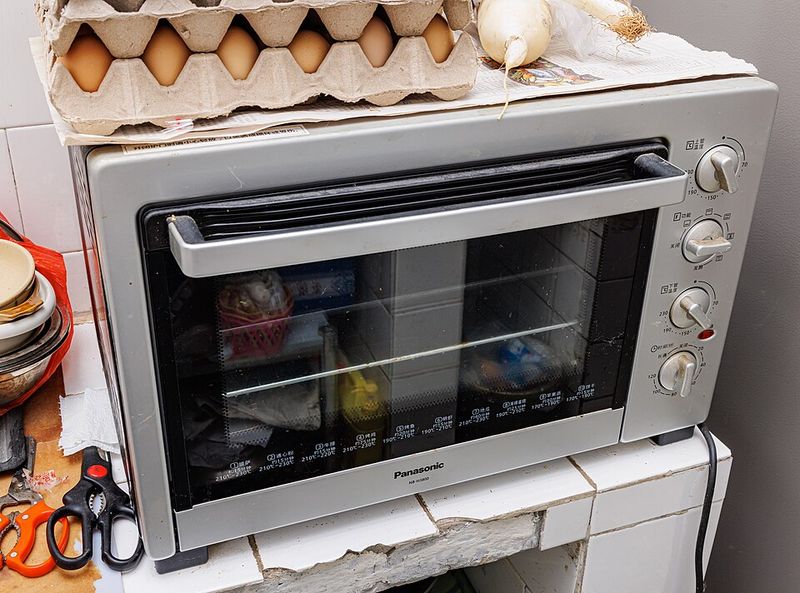
Imagine wrapping your frozen meal in a warm hug instead of blasting it with chaotic microwave rays. Preheating your oven to around 350-375°F and placing your dish inside (covered with foil to lock in moisture) works wonders. Low and slow wins the race here, giving you even heat without the dreaded scorched edges.
Why choose the oven route? Because it treats your casserole, lasagna, or baked pasta like royalty. No rubbery textures, no sad dried-out corners. Just evenly warmed, delicious food.
Pro tip: If your dish looks a bit dry, toss in a splash of water or broth under that foil. Steam will keep everything moist and flavorful while it heats through beautifully.
Stovetop Skillet Or Pan

Picture your frozen stir-fry or rice bowl sliding into a warm skillet, sizzling gently as it comes back to life. Stovetop reheating puts you in the driver’s seat, controlling crispiness and moisture with every stir. Use low-to-medium heat and add a tiny drizzle of oil for crispy items or a splash of water for saucy dishes.
This method shines for single servings or anything you want to taste freshly cooked. Meatballs, dumplings, fried rice – all benefit from a gentle pan revival. Stir often so nothing sticks or burns.
Here’s the secret: Let frozen items thaw slightly in the pan before cranking up the heat. Otherwise, you’ll end up with a charred outside and a frozen core. Patience pays off deliciously.
Steaming With Moist Heat
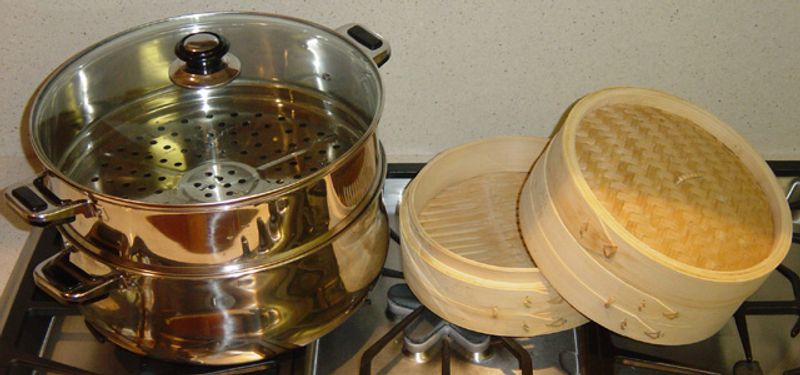
Steam rises like morning mist, gently wrapping around your frozen veggies and grains, coaxing them back to tenderness without robbing them of flavor. Using a steamer basket (or even a colander over a pot of simmering water) is a game-changer for delicate dishes. Think quinoa, broccoli, or rice that you don’t want dried out.
Why steam? Because moisture is your friend. Unlike dry heat, steaming keeps everything soft, vibrant, and full of life. Your food won’t turn into cardboard or lose its natural taste.
Just make sure your food sits above the water, not in it, unless you’re aiming for soup. Cover the pot to trap that precious steam and let it work its magic slowly and steadily.
Air Fryer For Crispy Perfection
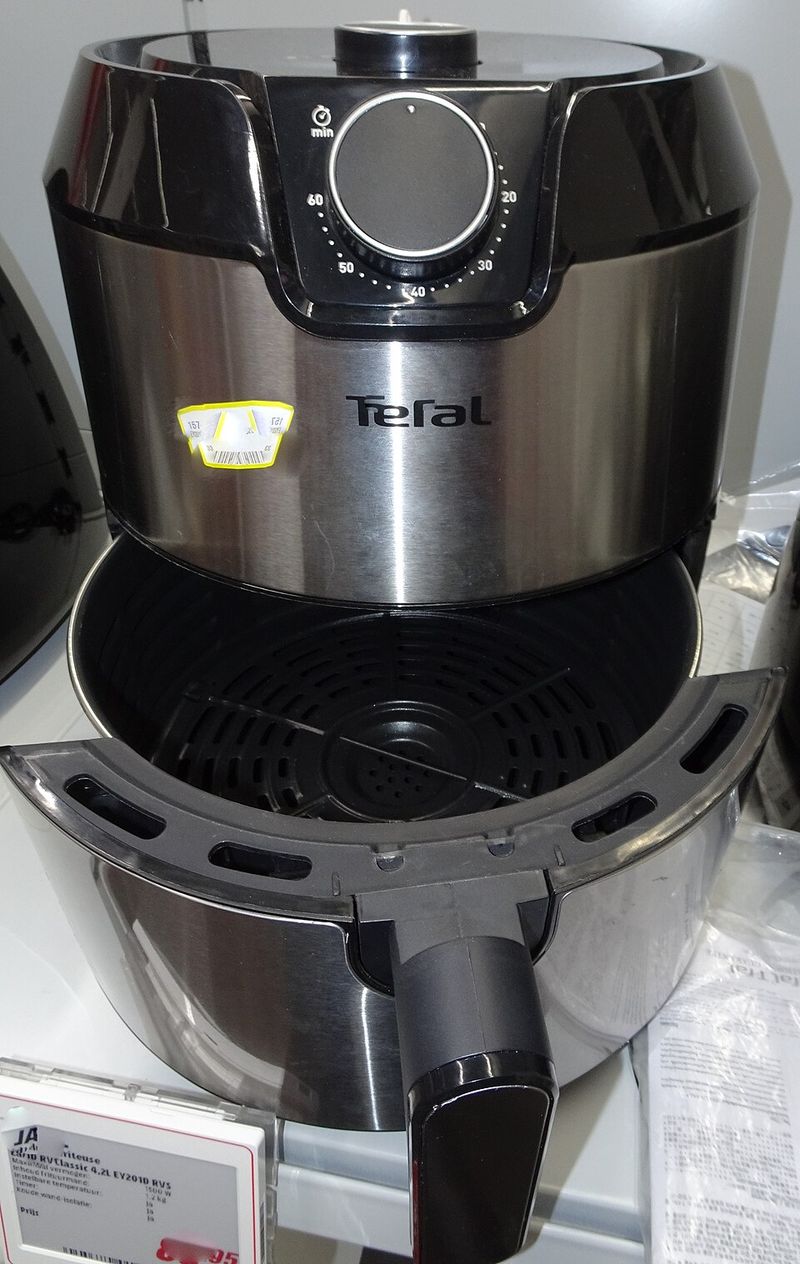
Craving that crispy, golden crunch on your frozen pizza or chicken nuggets? Enter the air fryer, the superhero of texture restoration. Hot air whirls around your food like a mini tornado, crisping the outside while warming the inside evenly. No sogginess, no sad limp fries, just deliciousness.
Air fryers work fast compared to big ovens, and they don’t require much fuss. Preheat for a couple of minutes, give your food a light oil spray if needed, and let the magic happen. Shake or flip halfway through for that all-around golden finish.
Pro move: Don’t overcrowd the basket. Give each piece space to breathe so the hot air can do its job properly. Your taste buds will thank you later.
Water Bath Or Double Boiler
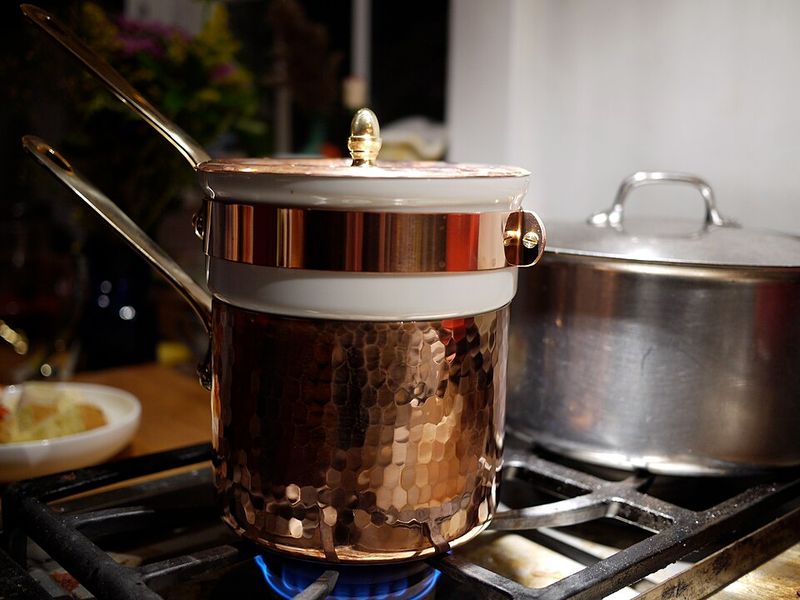
Some frozen dishes are delicate souls that need a gentler touch, like creamy sauces or custard-based meals. A water bath (also called a double boiler) cradles your food in warmth without scorching or drying it out. Place your container in a pot of simmering water, cover, and let the indirect heat work slowly.
This method takes longer, sure, but patience rewards you with perfectly warmed food that tastes as good as the day it was made. No burnt edges, no weird textures – just smooth, even heating from all sides.
Bonus: This technique is ideal for small portions or leftovers you want to treat with care. Stir occasionally and check progress. Good things truly come to those who wait patiently.
Proper Thawing Before Reheating
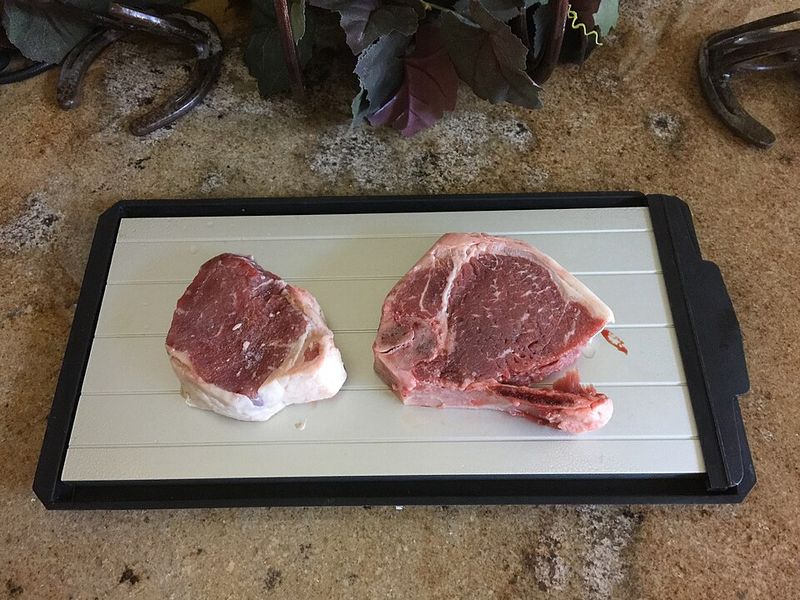
Here’s the secret weapon many people overlook: thawing your frozen meal in the fridge overnight before reheating. It sounds simple, almost too easy, but it makes a massive difference. Thawed food reheats more evenly, so you avoid that annoying icy center surrounded by overcooked edges.
Planning ahead pays off big time. Pull your meal from the freezer the night before, let it chill in the fridge, then reheat using any method above. Texture stays intact, flavors shine through, and reheating time shrinks dramatically.
Forgot to plan? No worries. Even a few hours of partial thawing helps. Just adjust your reheating time and always check the internal temperature to make sure everything’s heated through safely and deliciously.


